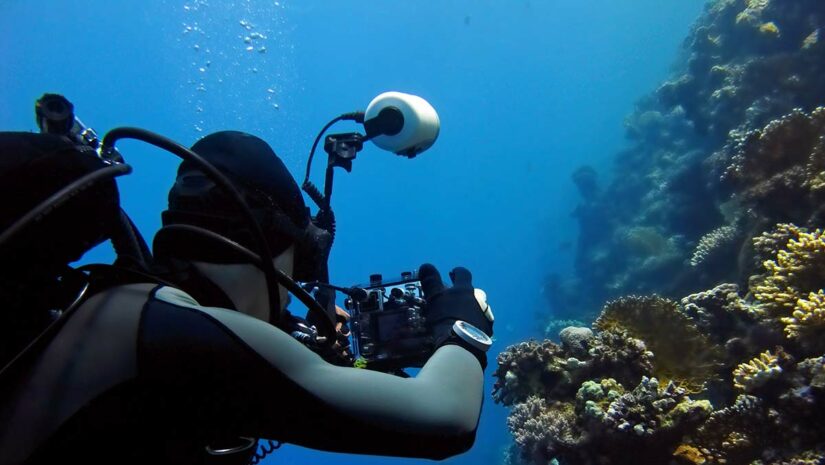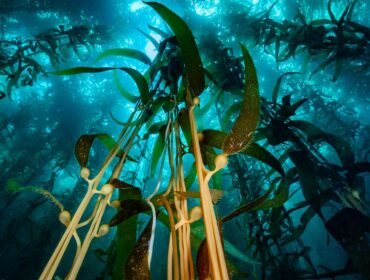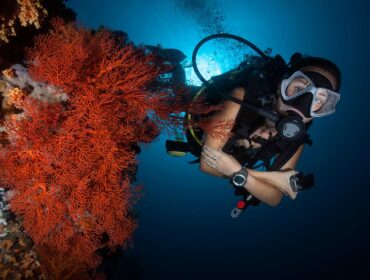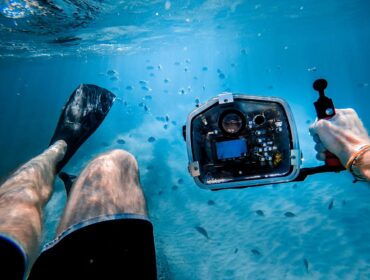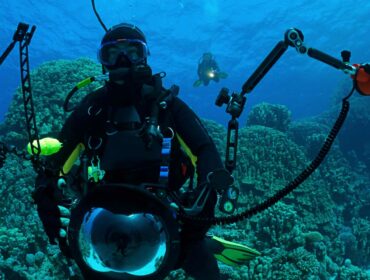Trying to get the most color into your underwater photographs is true challenge that all who have taken an underwater photograph will attest to. Several scuba divers have often wondered whether using a U.W. Filter is the solution to their color problems. Some have actually gone out and bought one and will tell you that it doesn’t work.
The key to understanding how to get the best out of your underwater filters is to understand how light behaves underwater at different depth and in different areas. An underwater filter is not a substitute for poor light and will not magically bring color into your photographs; however if used correctly it will enhance the ambient light for your underwater photography.
It is important to remember that water itself acts as a giant filter, selectively canceling the lower range spectrum’s of light starting with the reds, yellows and orange spectrum as depth increases. Always remember that using a filter on your underwater camera further blocks light from entering your lens, which is why some photographers simply can’t understand why there are no reds in their images at 30’ despite using a filter to enhance reds. A filter may cause you to lose around 1 to 1 1/2 stops of light, making it more critical to get enough sunlight or Strobe lighting into your images to begin with. Also a filter cannot compensate for colors already lost. So if you cannot see reds at the depth your at, the chances are that your camera will not either, and a magenta filter won’t either.
Water is a different color at different places, from blue, green or brown depending on the turgidity and suspended particles present in the water. In an ideal world, if you knew the depth you would be diving at, the quality of water and the amount and type of sunlight (based on time of day), you would be able to pick the perfect filter for your photographs. Unfortunately water, sunlight and a diver’s depth change constantly.
So when deciding to buy underwater filters, one recommendation is to get one of each; for deep or shallow dives, and for correcting Blue or green water types. Plan your dive before hand, and select the filter that you will need based on the depth you will be diving at. Many suppliers of filters will help you choose the right filter for your camera based on your requirements.
There are essentially two kinds of filters suited for underwater photography; CC or Color Compensating Filters and Color Conversion filters. Compensating filters favor a particular range in the color spectrum. So a Magenta Compensating filter would be useful to counteract the effects of sea water. The Second type of filter is known as Color Conversion filters, which can be either warming or cooling filters based on color temperature in Kelvin. A warming filter would for example, help counteract the cooling blue appearance of light underwater.

